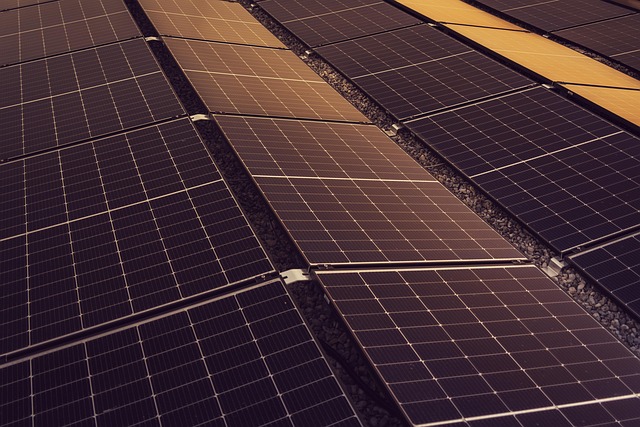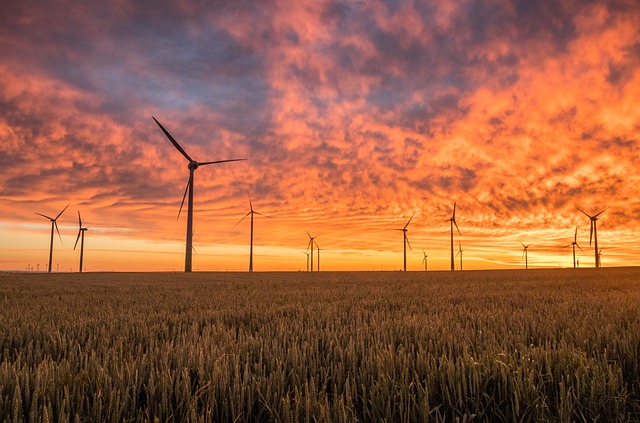In a world growing ever more conscious of its ecological footprint, the concept of energy-conscious design stands out as a beacon of hope for architects, engineers, and forward-thinking individuals alike. This innovative approach lays the foundation for a future where sustainability is not merely an afterthought but a vital choice embedded in the very fabric of our living spaces and infrastructures.
Sustainable development is more than a buzzword; it’s a responsibility we hold towards our planet and future generations. As we navigate through the complexities of urbanization and increasing energy demands, our designs must consider not just aesthetics and functionality, but also their impact on the environment. Energy-conscious design is all about harmony—creating spaces that coexist symbiotically with nature, minimizing resource depletion while maximizing comfort and efficiency for their inhabitants.
At the core of this movement are green technologies, which are revolutionizing the way we think about energy consumption. From solar panels that harness the sun’s power to advanced insulation materials that keep our buildings energy-efficient, these technologies enable us to reduce our dependency on fossil fuels. They allow both commercial and residential buildings to breathe life into the concept of being carbon neutral—an essential goal for achieving a sustainable future. Imagine living in a home that generates more energy than it consumes, effectively offsetting its carbon footprint. This is the potential that lies within energy-conscious design.
Through the lens of ecological awareness, architects and designers are crafting environments that not only cater to human needs but also respect the planet’s boundaries. Implementing sustainable development principles, they can create spaces that foster well-being while reducing environmental strain. This holistic view compels us to rethink our priorities, ensuring that every design decision contributes positively, whether that involves using renewable materials or optimizing natural light to lower the need for artificial energy sources.
The demand for energy-efficient practices is becoming more pronounced. As communities rally for greener practices, there lies an opportunity for developers and designers to seize this momentum. Innovative designs, which incorporate the latest in green technology, serve as case studies proving that sustainability is achievable and desirable. The journey towards energy-conscious design is not just about adopting new tools—it’s about creating a culture that values energy efficiency and sustainability at its core.
Embracing energy-conscious design in our built environment paves the way for formidable transformations. As we invest in these changes, we embark on a collective journey toward a healthier, more sustainable future. With each new building that integrates these principles, we take one step closer to reducing our global ecological footprint and fostering a society that prioritizes the health of our planet alongside our own. In this interconnected era, our choices echo far beyond our immediate surroundings, shaping the narrative of our existence on this earth.
By prioritizing these sustainable practices today, we pave the way for future generations to embrace a lifestyle that is not just economically viable but also environmentally conscious. Together, through the lens of energy-conscious design, we can unlock the efficiency that is essential for a thriving planet.




